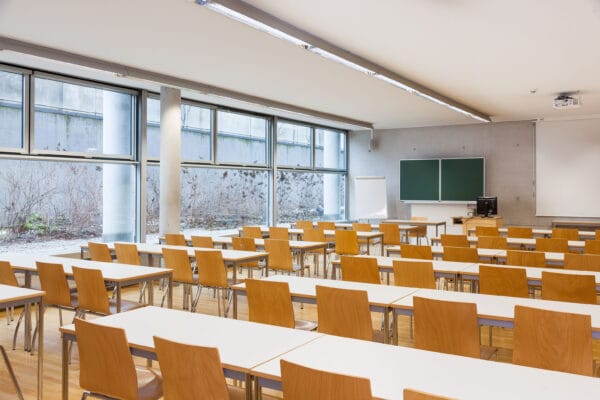
NAME:
SOWI - UR 1
BUILDING:
SOWI
FLOOR:
-1
TYPE:
Seminar Room
CAPACITY:
50
ACCESS:
Only Participants
EQUIPMENT:
Beamer, PC, WLAN (Eduroam), Overhead, Flipchart, Blackboard, Handicapped Accessible, LAN, Microphones
The study of past human occupation in Central West Patagonia is biased in favor of low elevation valley bottoms where most archaeological sites have been located. Andean river basins have yielded the longest and most redundant sequences, as well as the earliest records of hunter-gatherers who inhabited the region. Conversely, relatively high elevation plateaus and mountainous regions show less occupation likely due to marked seasonal access, although less research efforts may have played a relevant role shaping our current view. However, recent surveys targeted at areas above the tree line have produced numerous records of lithic material ranging from small concentrations to extensive sites, the latter interpreted as quarry workshops. One such area is the Chile Chico plateau where hydrothermal silex distinctively outcrops between 1470 and 1700 meters of elevation. This material reveals the initial stages of toolstone procurement and suggests the plateau was more utilized than previously thought. This variety of raw material has also been recorded in artifacts at the neighbor Jeinemeni River valley (700-200 meters of elevation), thereby highlighting the complementarity between areas at different elevations and with different sorts of resources. Results across Central West Patagonia suggest highlands offered greater visibility of knappable raw materials through less vegetation cover, lower sedimentation, and more erosion. Other plateaus in the broader region share common attributes suggesting a key feature of highlands was toolstone acquisition, likely embedded in other activities such as seasonal hunting.

We and use cookies and other tracking technologies to improve your experience on our website. We may store and/or access information on a device and process personal data, such as your IP address and browsing data, for personalised advertising and content, advertising and content measurement, audience research and services development. Additionally, we may utilize precise geolocation data and identification through device scanning.
Please note that your consent will be valid across all our subdomains. You can change or withdraw your consent at any time by clicking the “Consent Preferences” button at the bottom of your screen. We respect your choices and are committed to providing you with a transparent and secure browsing experience.